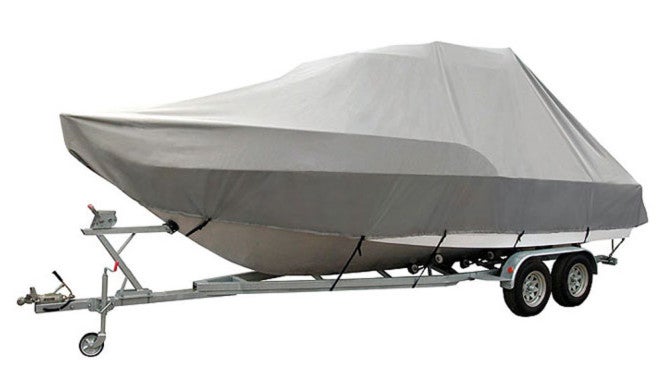
From time to time all boaters come to a point where they have to store the boat for an extended period. Taking the time to put it away properly will guarantee your pride-and-joy is ready to go the next time you need it, whether you’re storing it over the winter or for any other reason.
Clean It Out
The first step in preparing your boat for storage is to give it a thorough cleaning inside and out. Cleaning the boat is the best defense against corrosion, mildew and mold, so take your time with this important first step and do a thorough job.
It’s also a good idea to clean the boat out. Remove expensive accessories like electronics and wakeboards to reduce the chances of theft, along with all of your other boat gear, including life jackets, safety flares, fire extinguishers and tool kits. Remove all foods and drinks, and pay particular attention to removing any and all paper, including paper towels, tissues, and charts. Rodents love snacks, and they like to nest in wads of paper. Don’t encourage them.
Cleaning out the boat also applies to your storage tanks. Empty the holding tank, and pump non-toxic antifreeze from the head to clear any remaining water in hoses and interior plumbing. Empty the ice box, fish boxes, live wells, head, water tank, and the hot water tank, if you have one. Non-toxic anti-freeze should be run through the live well pumps to clear them of all water, and through any through-hull drains. If you’re storing the boat over the winter, where it can be exposed to freezing temperatures, it is critically important to get all water out of the boat in order to avoid damage from frozen pipes, seals and fittings.
Pay special attention to the bilge, pumping it out thoroughly then following up with a sponge to remove every last drop of water. Pump non-toxic anti-freeze through the bilge pump and hoses to protect them as well.
It’s also a good idea to pour non-toxic antifreeze into any onboard drains that have P-traps, such as under sinks, since water can accumulate in these areas.
Ventilation Is Critical
Since the boat will sit idle for a period of time, open those freshly-emptied interior compartments so that fresh air can circulate throughout. You may need to use small blocks of wood to hold some deck lids open.
Leave air vents and portholes with rain shields open. You will want to cover the boat to keep out debris, but ensure all ventilation flaps are open so fresh air can still get in.
Check over all of the upholstery to ensure it is clean and bone-dry. Clean fabric will not mildew provided it is dry and well ventilated.
Prepare the Engine
Prepare your boat’s engines for storage by carefully following the steps outlined in your owner’s manual. Different engines require different procedures.
Fill the fuel tank completely to prevent condensation from forming, and top it off with a good fuel stabilizer to keep your fuel fresh while it sits.
Remove the Batteries
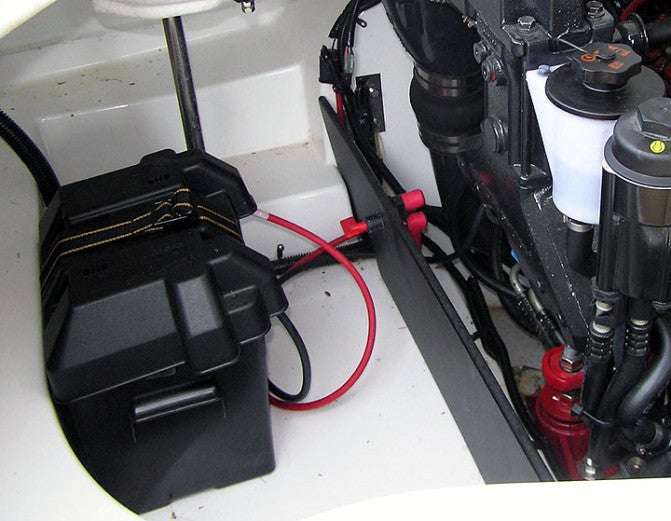
If you leave the batteries on board, ensure they’re housed in a proper battery box to protect against leaks.
You can leave your batteries in the boat while it is stored provided they are strong and fully charged, and provided you are able to check on them every now and then. Otherwise, they should be removed and stored indoors.
While modern batteries can generally withstand sub-zero temperatures, they can crack and leak if the voltage drops to too low a level. If you do store the boat with the batteries onboard, ensure that each battery is secured within a proper battery box, to protect the boat from any surprise leaks.
How do you tell if your battery is strong enough to stay aboard? Fully charge it to 13.5 volts, then see how it handles a simple load test. Turn on a couple of lights and put a volt meter to the battery terminals. If it holds its voltage, then all is good. If the voltage immediately drops to 13 volts or less, the battery is weak and should not be stored onboard.
Batteries removed from the boat can be stored in any cool, dry place where they will be protected from sub-zero temperatures and direct sunlight. Again, storing them inside a proper battery box is the best protection against leaks.





 Fort Lauderdale International Boat Show Preview
Fort Lauderdale International Boat Show Preview 10 Best New Boat Accessories at IBEX 2021
10 Best New Boat Accessories at IBEX 2021 2022 Sea-Doo Switch Pontoon Boat Lineup Unveiled
2022 Sea-Doo Switch Pontoon Boat Lineup Unveiled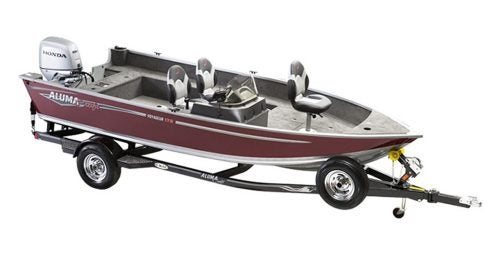 BRP Enters Fishing Boat Market with Purchase of Alumacraft Boat
BRP Enters Fishing Boat Market with Purchase of Alumacraft Boat Volvo Commits To Electric Power By 2021
Volvo Commits To Electric Power By 2021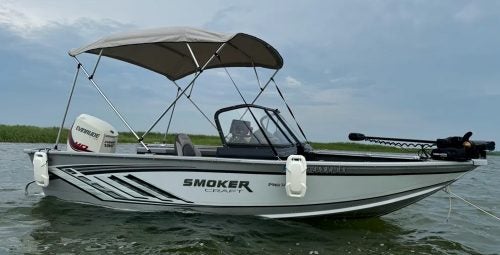 Kemimoto 4 Bow Bimini Top and Boat Bumper Review
Kemimoto 4 Bow Bimini Top and Boat Bumper Review Starweld Victory 20 Review
Starweld Victory 20 Review Princecraft Ventura 23 RL Review
Princecraft Ventura 23 RL Review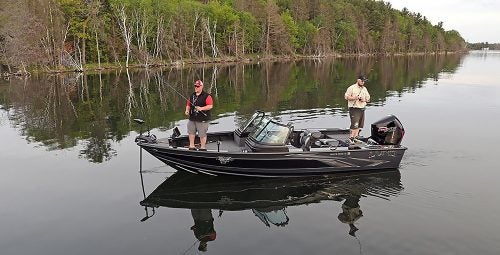 Lund 2075 Pro V Review
Lund 2075 Pro V Review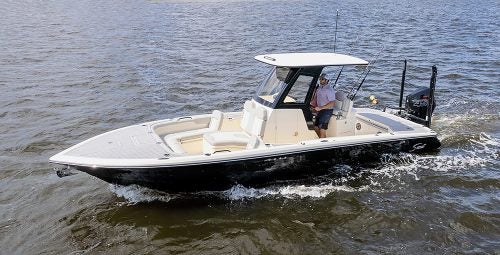 Scout 281 XSS Review
Scout 281 XSS Review Fuel Saving Tips For Boaters
Fuel Saving Tips For Boaters Best Boating Accessories
Best Boating Accessories Best Boating Apps
Best Boating Apps 5 Pontoon Boats That Are Made To Fish
5 Pontoon Boats That Are Made To Fish 10 Great Small Pontoons
10 Great Small Pontoons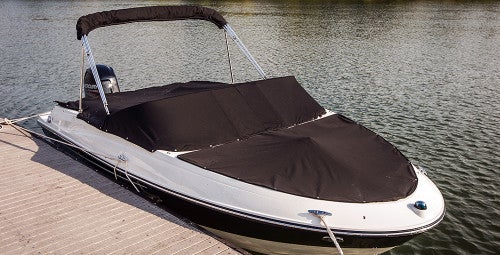 Your Boat Was Expensive—Do You Really Trust a $2 Rope From the Dollar Store to Secure It?
Your Boat Was Expensive—Do You Really Trust a $2 Rope From the Dollar Store to Secure It?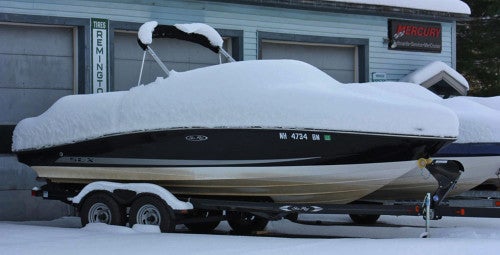 Do I Need Insurance Coverage Against Ice or Freezing Damage?
Do I Need Insurance Coverage Against Ice or Freezing Damage? What Kind Of Insurance Coverage Do I Need?
What Kind Of Insurance Coverage Do I Need? What About Salvage?
What About Salvage?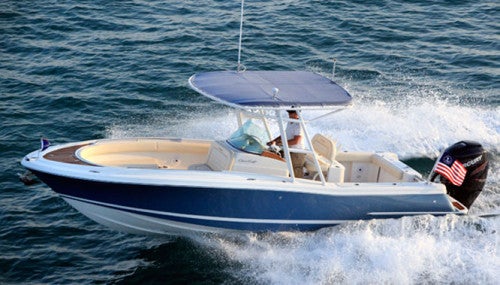 Boat Insurance or Yacht Insurance?
Boat Insurance or Yacht Insurance?
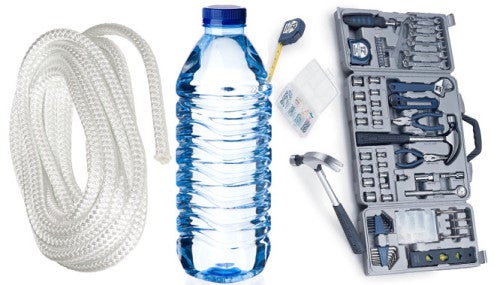
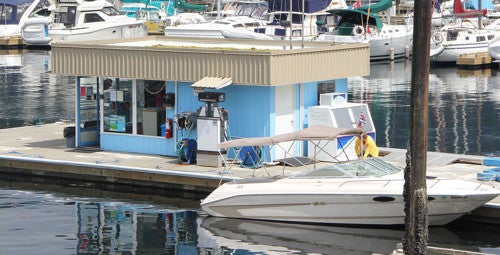

 The Best Bowriders For The Money
The Best Bowriders For The Money
 Sailfish 312CC Review
Sailfish 312CC Review
 The Wildest Concept Yachts
The Wildest Concept Yachts
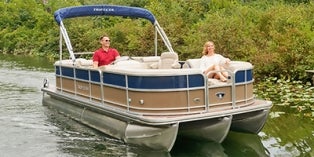 2016 Trifecta 200 Series 220FCR
2016 Trifecta 200 Series 220FCR 2016 Harris Grand Mariner SL 270 DL
2016 Harris Grand Mariner SL 270 DL 2016 Crestliner Authority 2050
2016 Crestliner Authority 2050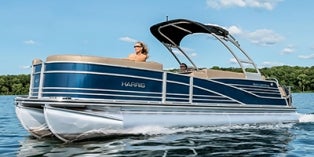 2016 Harris Grand Mariner SL 230 DLDH
2016 Harris Grand Mariner SL 230 DLDH
